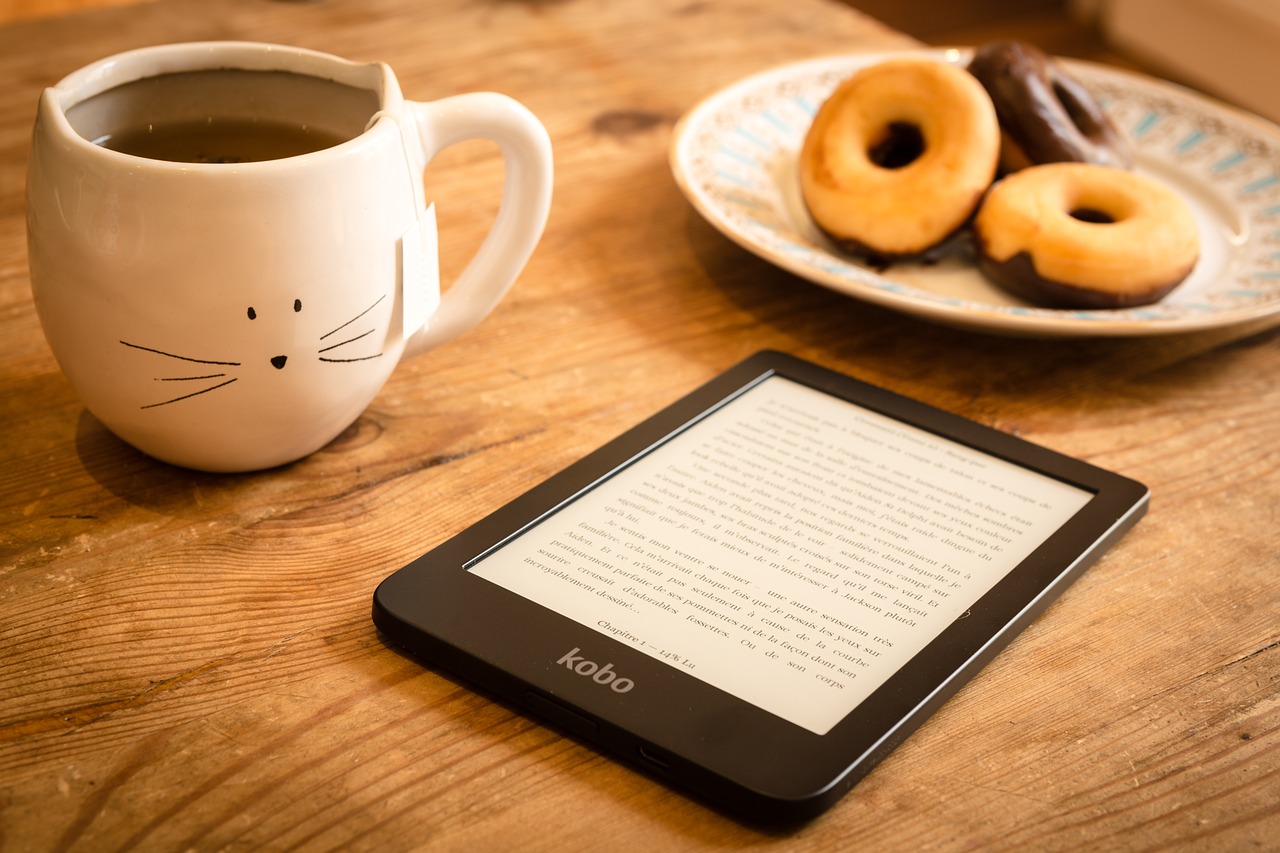Readers today have more options than ever before when it comes to consuming content. While many readers still prefer holding a physical book in their hand, that hasn’t stopped the wave of digital books, also called e-books, from storming the market. Here are five reasons every author should have an e-book version of their book on the market even if they already have a printed paperback.
1. Wider Readership
E-books have made readership available to a broader audience of people who previously had limited reading options.
Readers no longer have to live near a bookstore or pay high shipping costs to send their books to rural areas.
E-books are easier to store, allowing those with limited space to keep a library of books on their handheld digital devices.
Many e-readers offer options for visually impaired readers. There are e-readers with text to speech options that allow the books to be read aloud by the device and the option for readers to adjust the font, print size, and contrast within their e-reader.
These benefits have created a subsection of readers who primarily or solely consume e-books.
2. E-books Are Efficient
When a self-publishing author prints books to sell, they have to get them to readers physically. This can include taking them to places like conferences for direct sales and shipping them to readers who order online.
E-books sales are as easy as the click of a button. Customers click a link, and the book is loaded onto their device. This means that e-books create no added shipping and handling work for the creator. E-books also require no physical storage space. This makes them ideal for self-publishing writers who don’t have the storage for even short-run printing. Once an e-book is created, there is no more labor involved in the self-publishing author’s production, which means they have more time left over for marketing.
3. Cost-Effective
E-books are cost-effective to create. Paperbacks and hardbacks must be printed in batches, but an e-book file is created once and sold again and again.
The extra costs to create an e-book are minimal, and once the book is made, it exists without the need for batch reprints as books are sold. The amount of copies an e-book can become is infinite.
4. International Markets
The world wide web has created an international marketplace with buyers all over the globe.
E-books have opened international markets to self-publishing authors. The nature of e-books allows an author in the United States to sell their book to a reader in Australia without the costs of international shipping and without the physical movement of books across oceans and continents.
Self-publishing authors with e-books can cast their reader net more comprehensive than ever before and reach customers and markets that were once cost-prohibitive to self-publishing authors without expensive professional distribution networks.
5. Clickable Links
One of the beautiful things about e-books is that authors can include clickable links within the pages. These allow readers who enjoy the e-book to click a link within the book and sign up for the author’s newsletter or follow them on social media. It also allows authors to include links to sites where their backlist is sold, making purchasing other books by that author as easy as clicking a link.
E-books are an essential option that self-publishing authors should offer their readers.
InstantPublisher can easily take your paperback content and turn it into an e-book ready for sale.
Visit our website and learn how InstantPublisher can meet all your self-publishing needs.

